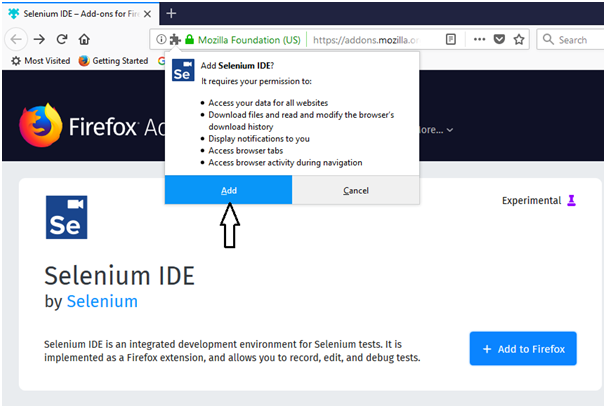

- Eclipse how to install google chrome developer tools code#
- Eclipse how to install google chrome developer tools download#
But when you refresh the page you will see the statistics of the page as shown below. Press “CTRL + Shift + I” to open developer tools and go to “Network” tab. What you need to do is to go to the URL on which you want to check the speed. Let’s say you are working on some project and you want to check the speed of the page. It will show you many statuses like Name of the file, Method, Status, Type, Initiator, Size, Time of the file loaded, Start time and the End time for a particular file. The network panel allows you to check the network status of a web page.
Eclipse how to install google chrome developer tools code#
It allows you to set breakpoints with the help of which you can debug code easily. The debugging tools on the right hand side allow us to run JavaScript on the page you are working.
Eclipse how to install google chrome developer tools download#
You can easily map the files from the source panel to your project source code. Download Eclipse Installer from Eclipse is hosted on many mirrors around the world. What you can do is to press “CTRL + Shift + I” on your keyboard to open developer tools and click on the little arrow icon as shown below. Let us say you want to inspect a section of the page and you are having trouble finding the code of that section. This does a quick job for us in selecting any element on a webpage very easily. Let’s jump on to the sections where you can learn more on how to use developer tools in Chrome browser. Developer tools are very helpful in diagnosing the problem quickly and helps gaining speed in application development cycle. These tools help you a lot in fixing most of the issue in development.

This will open the developer console consisting of various tools. When you use Google Chrome, you can find these tools by pressing “CTRL + Shift + I” (Windows) or “CMD + opt + I” (Mac) on your keyboard. Google Chrome offers builtin tools for developers to analyze the applications and troubleshoot the problems. One side by general internet users to browse the web and other side by developers to design apps that works. In the resulting Deploy Project to Google App Engine dialog, enter your Google Account email and password.Web browsers has two sides of usage. Right-click on your project and select Google > Deploy to App Engine. Enter your application ID into the Application ID text box. Once you have an application ID, right-click on your project, and select Google > App Engine Settings… from the context menu. To deploy your project to App Engine, you first need to create an application ID from the App Engine Administration Console.

This will add the necessary configuration files to your project. Check the box marked Use Google App Engine. If you installed the App Engine for Java SDK when you installed the plugin, you can now right-click on the project and App Engine “enable” it by choosing Google > App Engine Settings. Using the plugin, you can also easily deploy GWT projects to Google App Engine. You could now deploy your application to production by serving the HTML and JavaScript files in yourĭirectory from your web servers. Since you’ve compiled the project, you’re now running pure JavaScript and HTML that works in IE, Chrome, Firefox, Safari, and Opera. If you’re interested in using a GWT RC SDK, download and add it to your workspace as described here.Ĭongratulations! You’ve created your first web application using GWT. GWT release candidates are not bundled with The Google Plugin For Eclipse. Choosing the SDK options will install a GWT and/or App Engine SDK within your Eclipse plugin directory as a convenience. In the Install dialog, you will see an option to install the Plugin as well as the GWT and App Engine SDKs. Install the Google Plugin for Eclipse following these instructions If you do not already have Eclipse, you may download it from the Eclipse Website. Google provides a plugin for Eclipse that makes development with GWT even easier. However, you may also use GWT with your favorite IDE. GWT provides a set of tools that can simply be used with a text editor, the command line, and a browser.


 0 kommentar(er)
0 kommentar(er)
